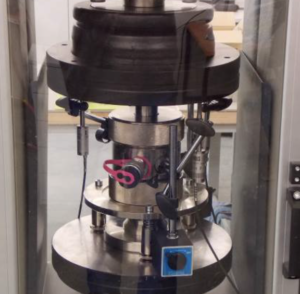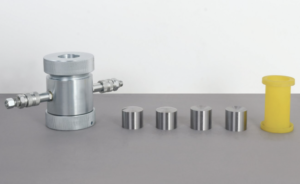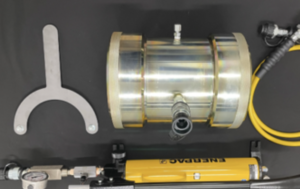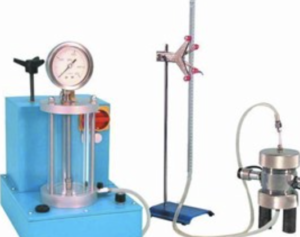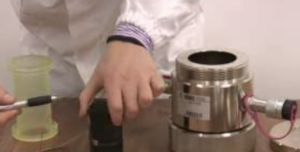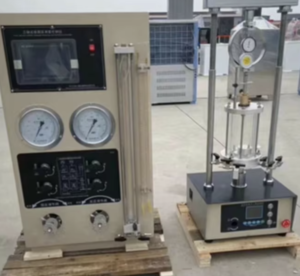As agriculture faces the dual pressure of feeding a growing population and minimizing environmental impact, precision agriculture1 has emerged as a transformative solution. At the heart of this revolution lies something seemingly simple but incredibly powerful—soil testing2. With advanced testing methods now offering high-resolution, real-time insights, farmers are moving from guesswork to data-driven decisions. In this article, we explore how soil testing is set to reshape the future of precision agriculture1 across four game-changing dimensions.
High-Resolution Soil Mapping
Gone are the days when a single test for an entire field was enough. Today, modern soil testing supports high-resolution mapping3—breaking down large fields into site-specific zones based on unique soil characteristics.
Key Benefits:
- Identifies variations in pH, texture, organic matter, and nutrient levels.
- Helps tailor input strategies for different zones (e.g., variable-rate fertilization).
- Enhances spatial understanding of field productivity and risk zones.
Sample: Soil Map Grid Comparison
| Grid Size | Insights Gained |
|---|---|
| 1 sample / 10 acres | General field conditions |
| 1 sample / 1 acre | Moderate variability detection |
| 1 sample / 0.25 acre | High-resolution zone-based management |
With such precise mapping, farmers can respond to the specific needs of each micro-zone, reducing waste and boosting yield.

Real-Time Nutrient Adjustment
Soil testing is no longer just a pre-season chore. With sensor-based and in-field testing tools[4], farmers can now adjust nutrient application in real time4, optimizing crop uptake and reducing losses5.
Technologies Enabling Real-Time Adjustment:
- On-the-go soil sensors attached to tractors or drones.
- Digital platforms integrating test data with variable rate equipment.
- AI algorithms that analyze data and recommend nutrient corrections instantly.
Example: Fertilizer Efficiency Improvement
| Approach | Fertilizer Use (kg/ha) | Yield (tons/ha) | Efficiency (kg yield/kg fertilizer) |
|---|---|---|---|
| Traditional blanket application | 120 | 6.5 | 0.054 |
| Soil-tested, real-time adjusted | 90 | 7.2 | 0.080 |
This adaptive method helps farmers respond to crop needs dynamically, resulting in healthier plants and fewer environmental impacts.
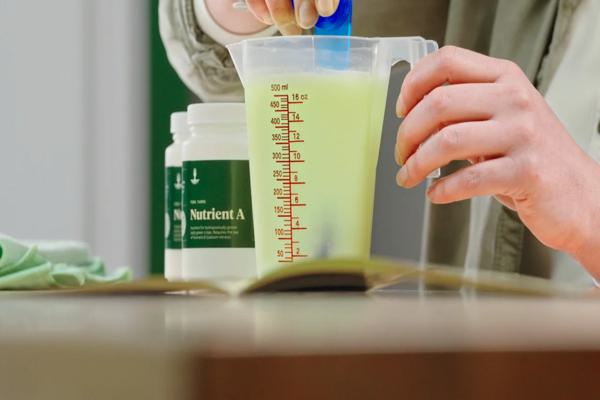
Disease and Pest Prediction
Healthy soil is the first line of defense against pests and diseases. Soil testing now includes microbiological and biochemical indicators, helping predict and prevent outbreaks before they occur.
What Can Be Detected?
- Pathogen load (e.g., Fusarium, Pythium).
- Microbial imbalance signaling poor soil health.
- Soil compaction or poor drainage, which increase disease risk.
Predictive Strategy Table
| Soil Condition | Risk Indicator | Recommended Action |
|---|---|---|
| Low microbial diversity | Disease-prone environment | Add compost or microbial inoculants |
| High salinity | Root stress, pest attraction | Gypsum or organic matter addition |
| Acidic pH (< 5.5) | Favors fungal pathogens | Lime application |
By linking soil diagnostics to pest and disease models, farmers can implement early interventions, reducing reliance on chemical controls.

Resource-Efficient Farming Practices
Precision agriculture is about doing more with less—and soil testing is a cornerstone of that goal. By knowing exactly what the soil needs (and doesn’t), farmers can optimize:
- Water use: By identifying water-retention zones and adjusting irrigation.
- Chemical input: Avoiding over-application of fertilizers or pesticides.
- Tillage practices: Knowing when and where to disturb soil for aeration or compaction relief.
Case Study: Water Use Efficiency
| Farming Method | Water Used (L/kg yield) | Yield Improvement (%) |
|---|---|---|
| Conventional Irrigation | 1500 | — |
| Soil moisture-based irrigation | 900 | +18% |
These savings aren’t just economic—they’re ecological, helping conserve water and reduce runoff and emissions.
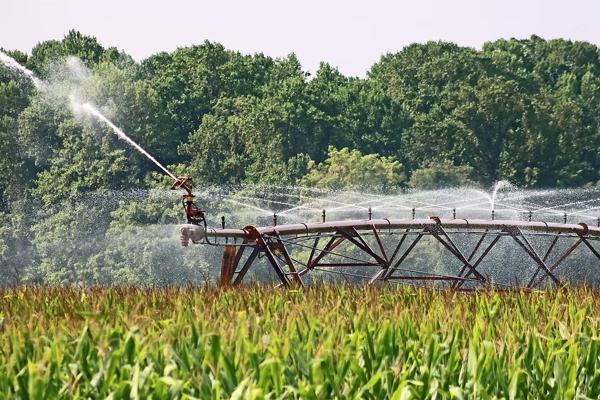
Conclusion
Soil testing is no longer a background task—it’s becoming the centerpiece of precision agriculture6. From high-resolution soil maps7 to real-time nutrient management, early disease warnings, and sustainable resource use, the integration of advanced soil diagnostics empowers farmers to work smarter, not harder. As the industry leans into AI, automation, and sustainability, soil testing will continue to reshape how food is grown, one data point at a time8.
-
Explore how precision agriculture can enhance crop yields while reducing environmental impact, making it essential for sustainable farming. ↩ ↩
-
Learn about the critical role of soil testing in optimizing crop production and ensuring soil health, vital for modern agriculture. ↩
-
Discover the advantages of high-resolution mapping for targeted farming strategies, leading to better resource management and productivity. ↩
-
Learn about the latest technologies that allow farmers to optimize nutrient use for better crop health. ↩
-
Discover proven strategies that can help farmers maximize their yields and minimize waste. ↩
-
Understanding the centerpiece of precision agriculture can enhance your farming strategies and improve yields. ↩
-
Explore how high-resolution soil maps can optimize your farming practices and increase productivity. ↩
-
Discover the transformative impact of data on agriculture and how it can lead to more sustainable practices. ↩

